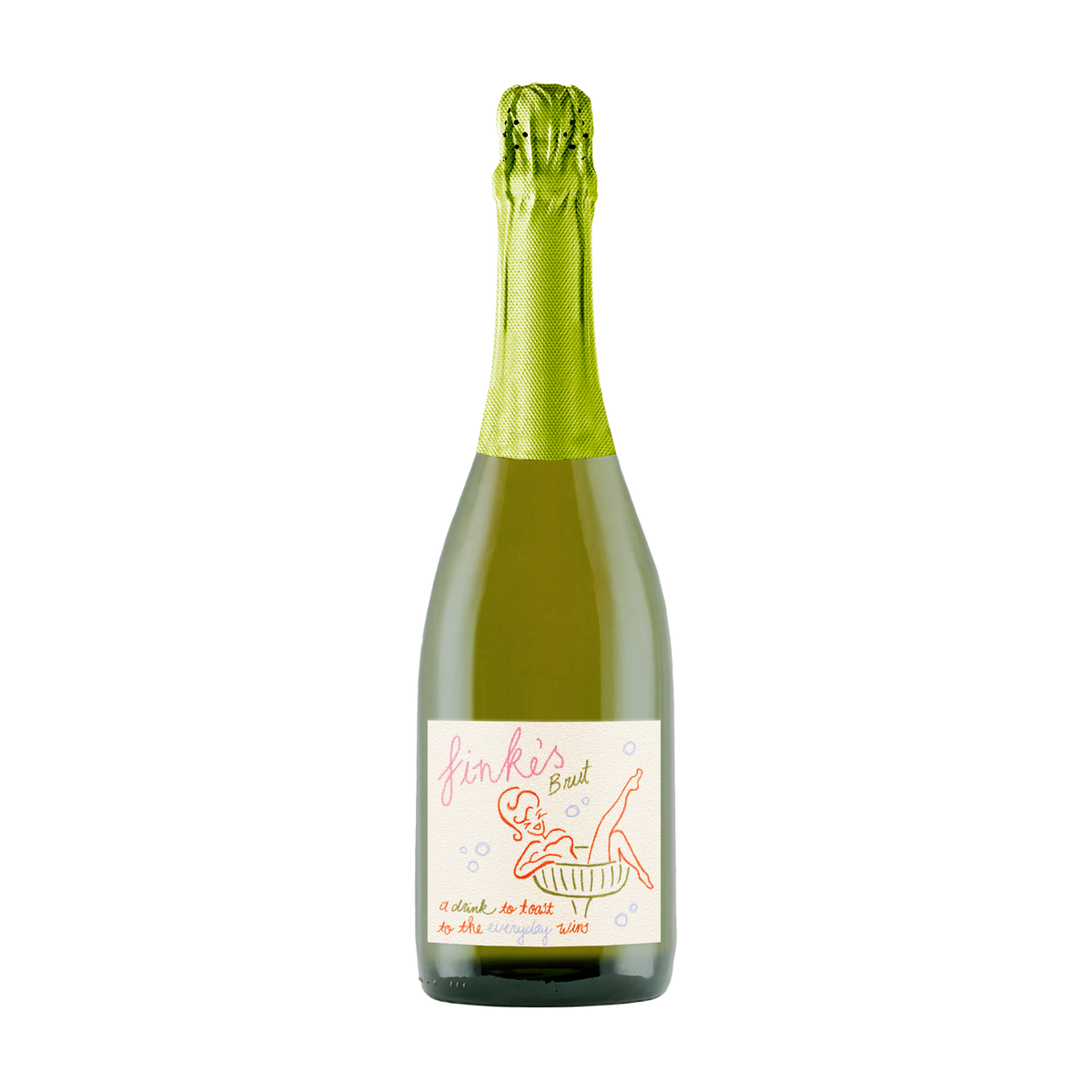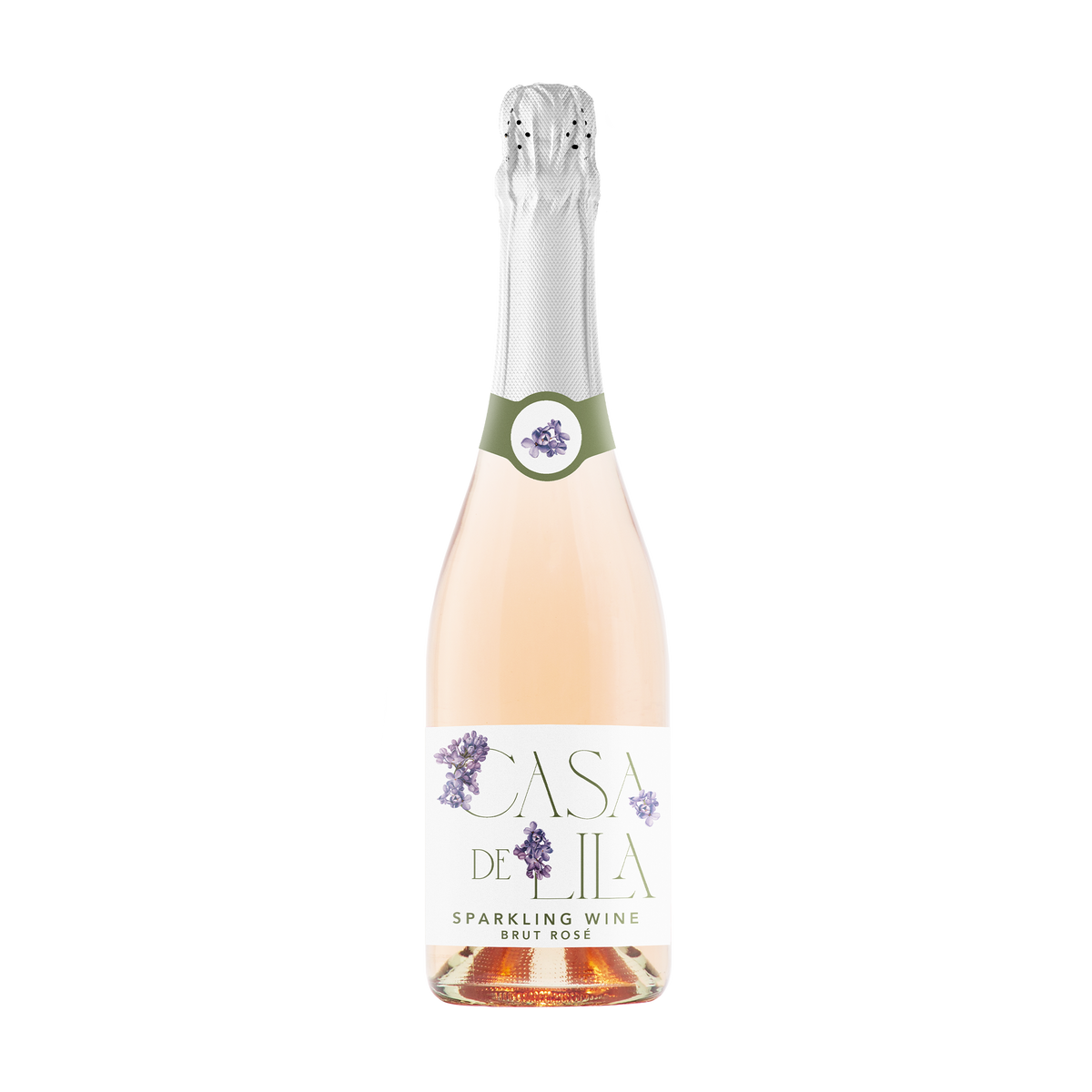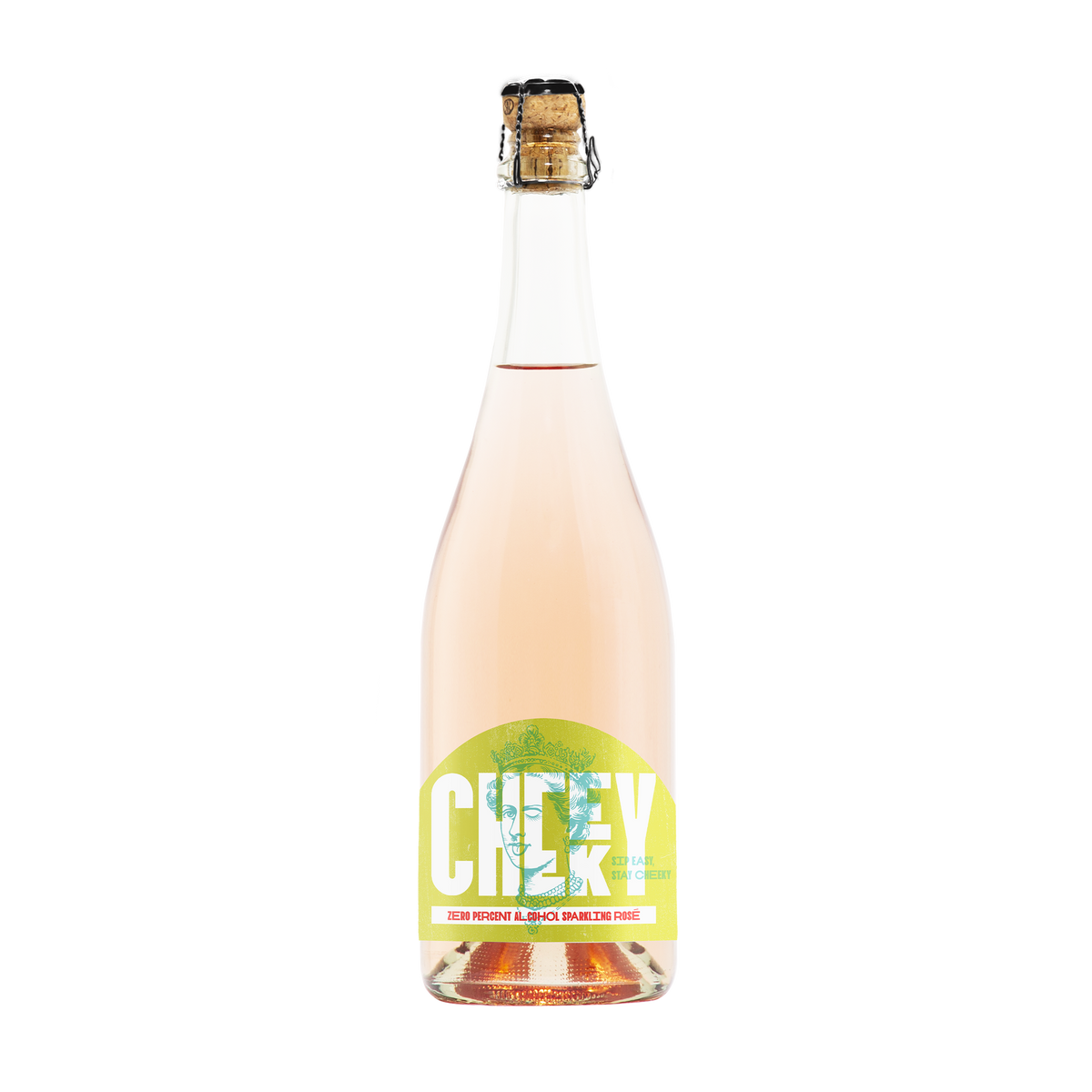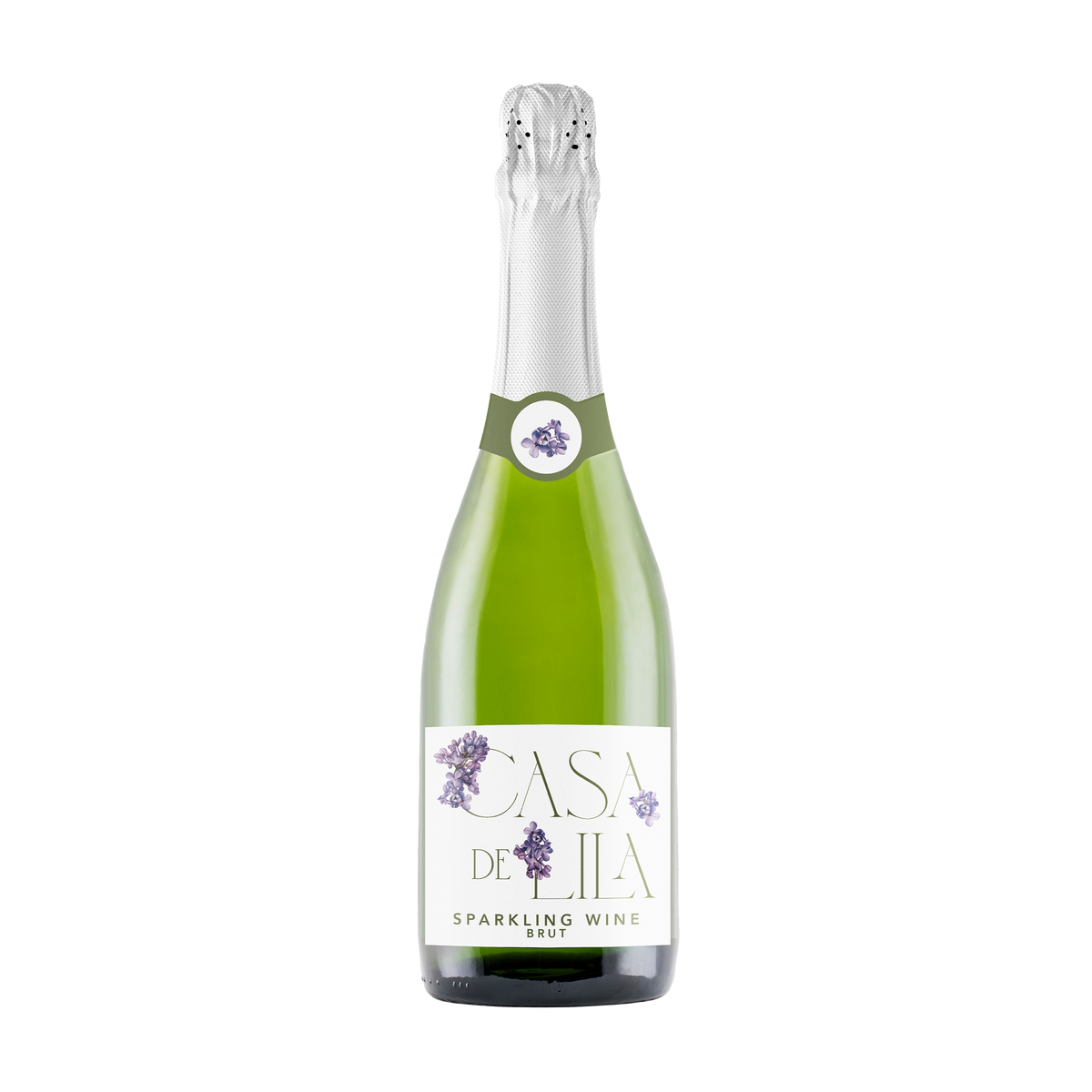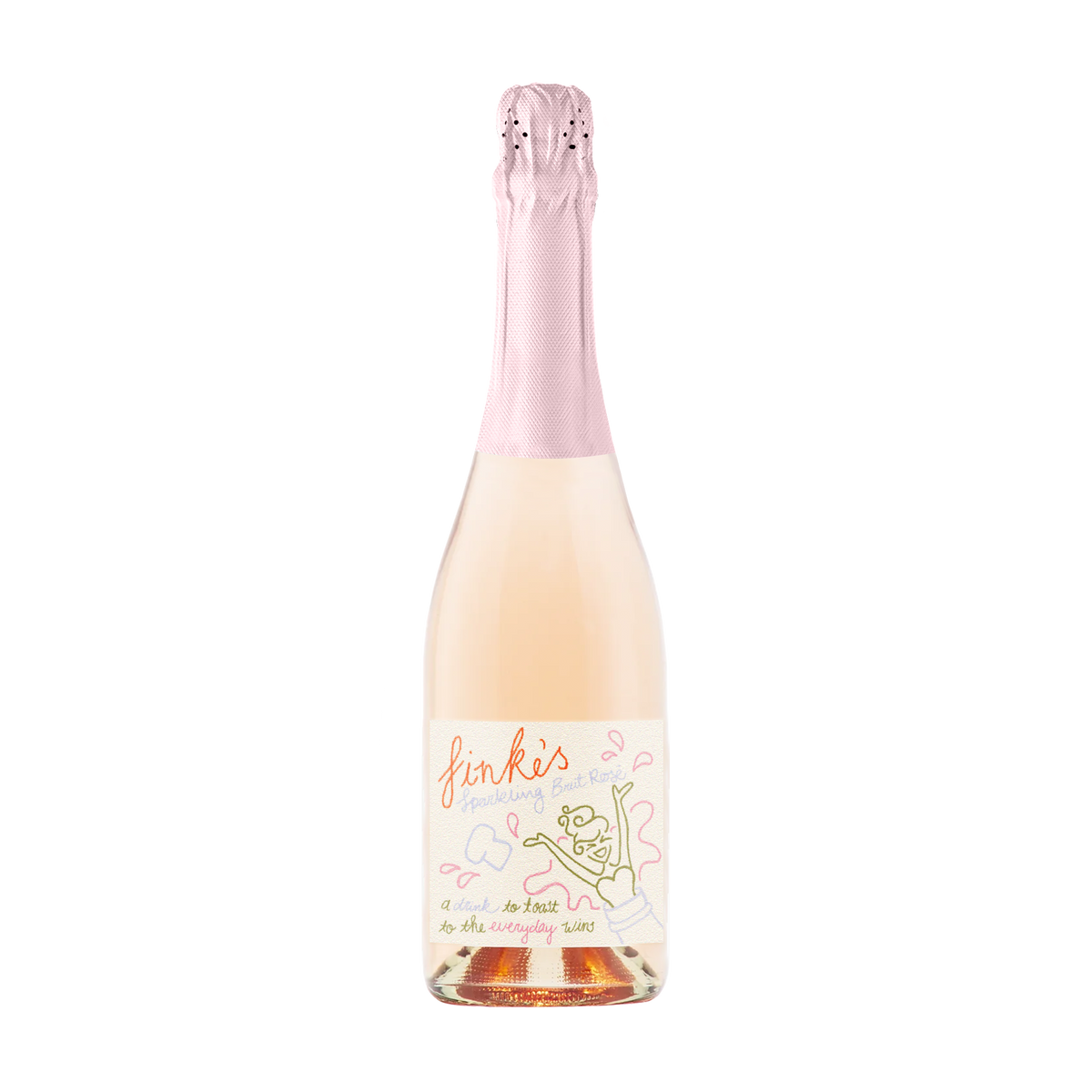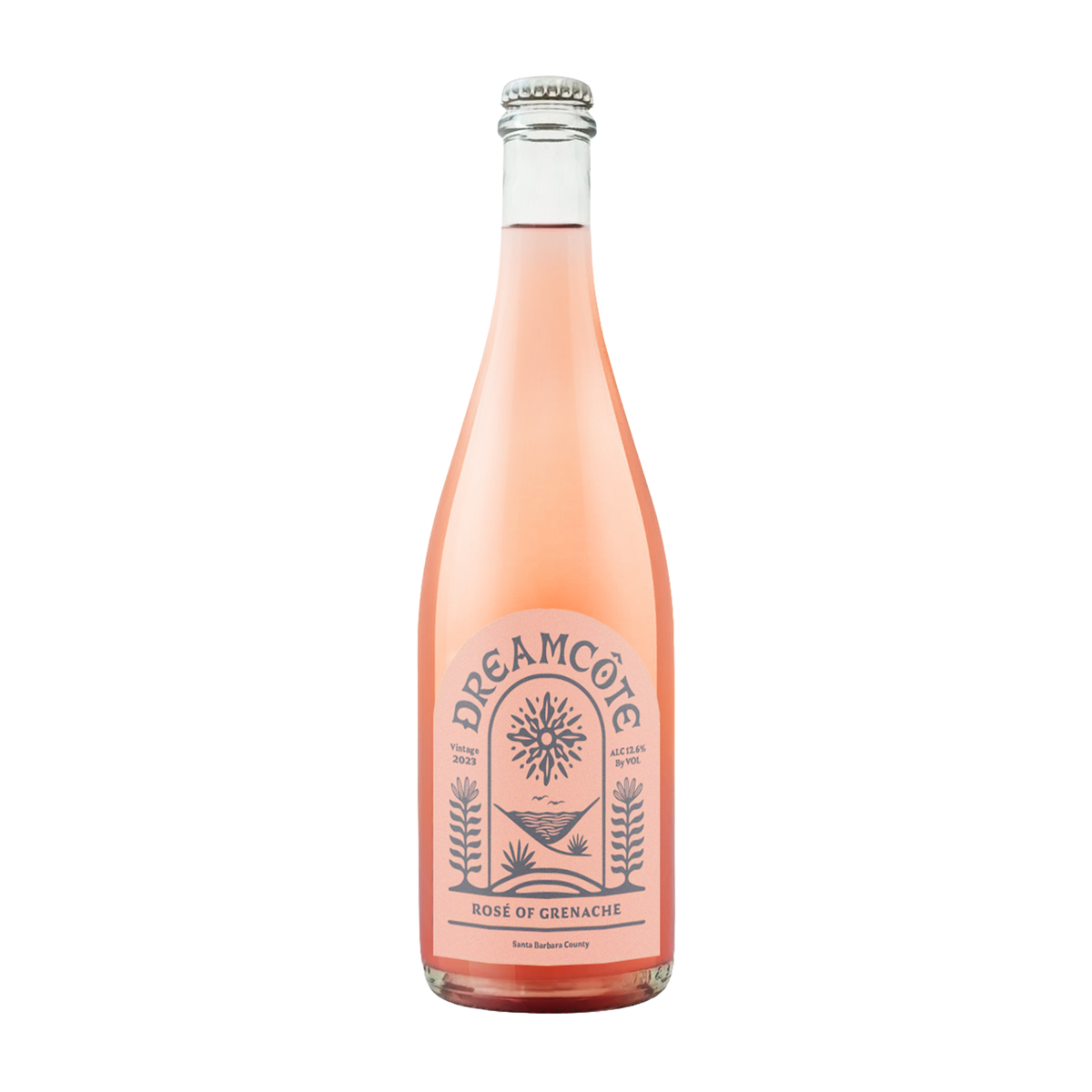2021 Mermaid Tears Sparkling Rosé
New Release
Item cannot ship to your state
Finke's Sparkling Brut
Top Rated
Item cannot ship to your state
2021 Stigma Sparkling Rosé
New Release
Item cannot ship to your state
Casa de Lila Sparkling Brut Rosé
Member Fav
Item cannot ship to your state
Cheeky Non-Alcoholic Sparkling Rosé
Non-Alcoholic
Item cannot ship to your state
Casa de Lila Sparkling Brut
Item cannot ship to your state
Finke's Sparkling Brut Rosé
Item cannot ship to your state
2023 Dreamcôte Pet Nat Rosé
New Vintage
Item cannot ship to your state
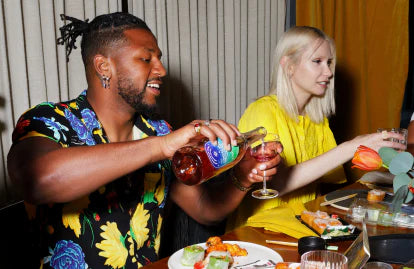
Join the Winc Fam
Become a member and automatically get your fav wines delivered to your door. Plus, enjoy member-only perks like:
20% Off,
Always
Always
Free
Shipping
Shipping
First Dibs on
New Wines
New Wines
Skip
Anytime
Anytime
Commitment-phobe?
That’s cool, we get it. Shop our packs, no membership necessary.
Buuuuut… you might miss the good stuff, just saying.
I’m non-commital, take me to Packs


